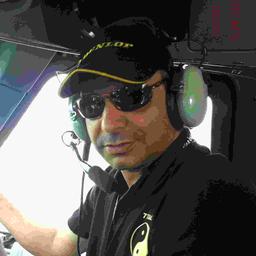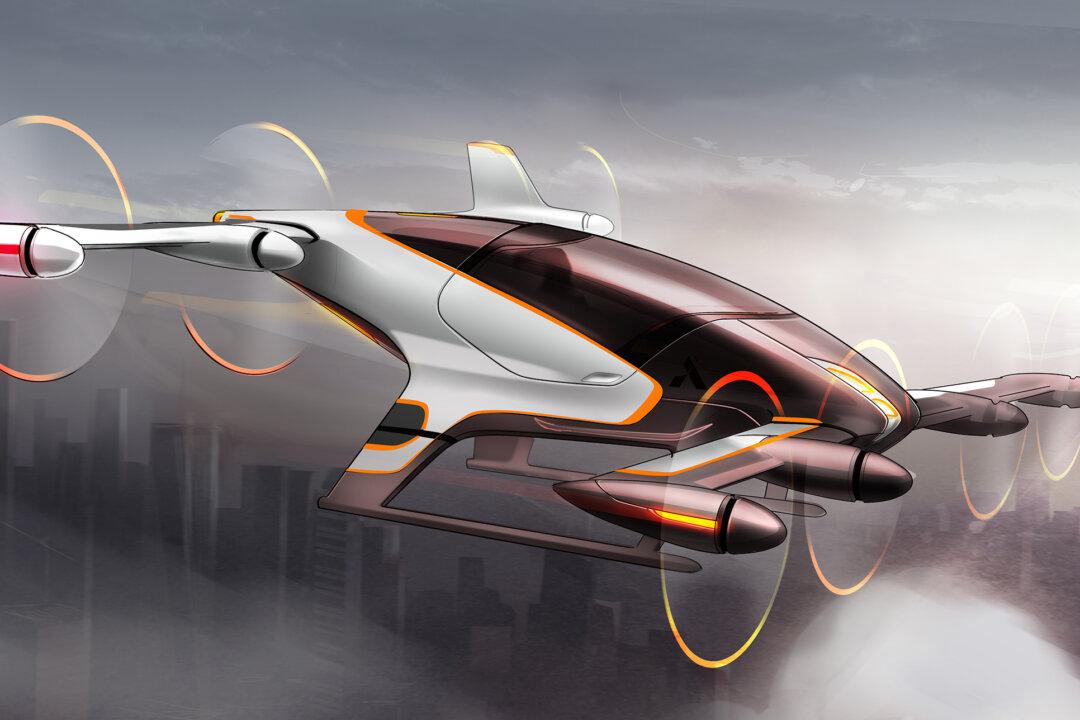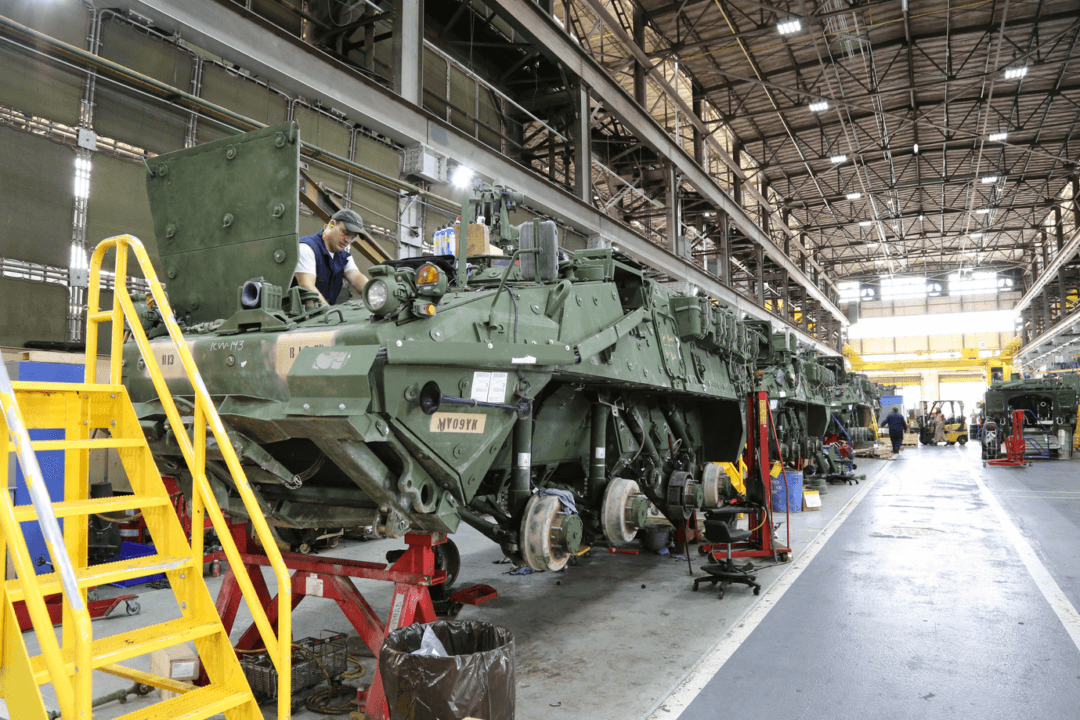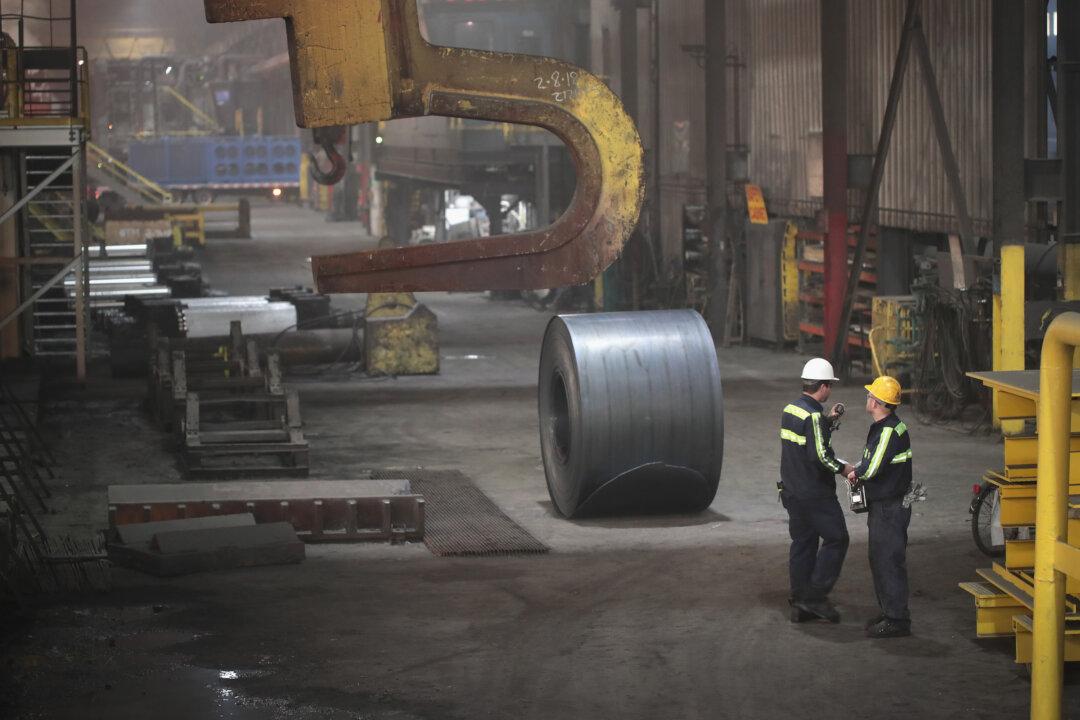The CEO of any company in the world is under severe pressure. The primary forces the CEO is facing are built directly on the forward-moving nature of business and the sheer number of walls he has to scale as he struggles for transactional relevance in a marketplace.
To understand the causes of worry for CEOs, we have to look at the increasingly diverse challenges that the uncertain global business environment is forcing on his leadership systems.
In any environment, the world is changing so rapidly and with such speed that it can be impossible to keep up.
This fragmentation process of technologies, global competition, and divisions of people is the force behind this rapid change. The only way to keep up with the change process is by diversifying the work structure to be able to embrace and adapt to the current world and see what is coming in the future market.
It is worth looking at a sample of the different types of forces as they break into cellular formations that are causing knock-on effects in multiple environments.
The list is long and each force has additional relations, which sometimes connect to each other and at other times do not. This makes for difficult forecasting as actuaries struggle to make sense of a world that is not one they recognize from their training.
A Hostile Environment
The forces against the CEO are many: finance, currency, recessions, depressions, social change, human capability, emerging technologies, competition from every part of the world, disruptions, increased requirements for performance, ethical standards being reduced, and employees who are being reduced to the next workday as uncertainty forces them to take ever more risky decisions to break themselves out of a perceived downward cycle.
This environment is everywhere, and problems that should be handled by the organizational structure are constantly rising to the top as people try to make heads and tails of the daily appearance of new challenges, which need to be understood and then tackled.
The CEO has to deal with all of these diversified pressures and be held accountable for them at all times. He has to delegate responsibility and accountability to his management, and either put them in positions of management internally or hire outside consultants and management agencies to perform these tasks, all while reducing costs and trying to penetrate new markets to remain relevant in the sales process.





